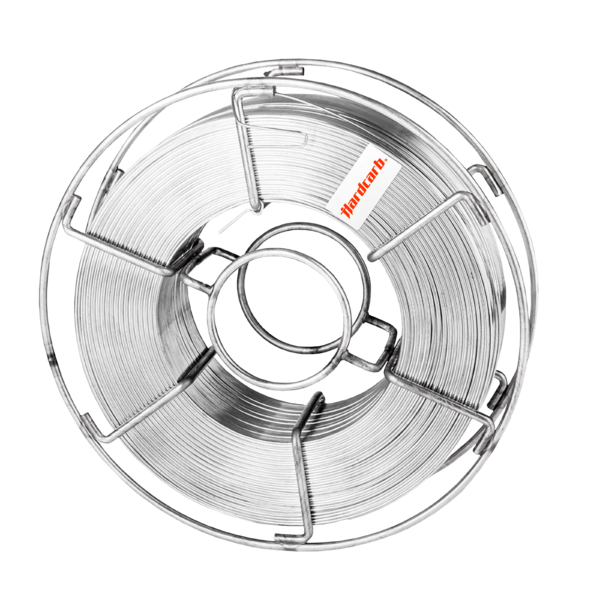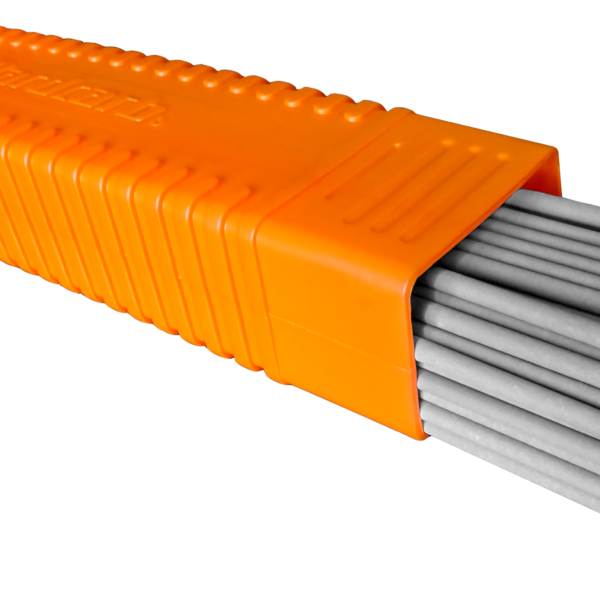Hardcarb 310


Spray-type hardfacing material for the sugar industries to deposit ‘hard droplets’ on tooth points of cane crusher rollers. Higher coefficient of friction (between bagasse and roller teeth) increase the incidence of friction providing extremely good gripping property for the rollers. The weld deposit is made up of complex carbides to resist wear by abrasion, adhesion, impact, compression and corrosion.
Weld deposit characteristics:
The weld deposit is specially designed for ‘arcing’ of cast iron and cast steel sugar mill crusher rollers during ”pre-arcing” or whilst crushing. The material has excellent weldability for ‘wet’ and ‘dry’ arcing. Self regulating arc on moving rollers results in better and precisely controlled deposits of conical droplets on tooth contours providing a firm anchorage to sugarcane on wet surface.
Recommended uses and applications
» roughening the wet mill rollers used in the sugar cane crushing
» dredge pump bodies
» slurry mixer paddles
» agitator parts
» screw flights
Additional info
Anti-wear suitability
| Metal-to-Metal friction Metal surfaces in relative motion forced into contact with or without lubricant. Degradation by the formation of micro-welds between the contacting surfaces. | Suitable |
| High pressure abrasion Wear by relative movement under pressure of mineral particles of suitable hardness, shape and texture to remove material from the metal surface, leaving superficial deformation. | - |
| Cavitation Tearing out of grains from the metal surface by the formation and implosion of bubbles in a liquid in rapid motion. | - |
| Mechanical fatigue Fatigue and formation of cracks in surface regions due to tribological stress cycles that result in the separation of material. | - |
| Thermal fatigue Cyclic exposure to high temperatures leading to permanent deformation by alternate expansion and contraction. Alteration of the structure and properties of the material. | - |
| Hot oxidation Creation of a poorly adhering oxide layer that reforms constantly. Degradation by loss of material thickness. | - |
Workability
| Work hardening Work hardening is the process of making a metal harder and stronger through plastic deformation. When a metal is plastically deformed, dislocations move and additional dislocations are generated. | |
| Edge retention Suitability for creating sharp edges and retaining them during operation. | |
| Machining Machinability is the ease with which a metal can be cut (machined) permitting the removal of the material with a satisfactory finish at low cost. | Not possible. Only grinding possible. |